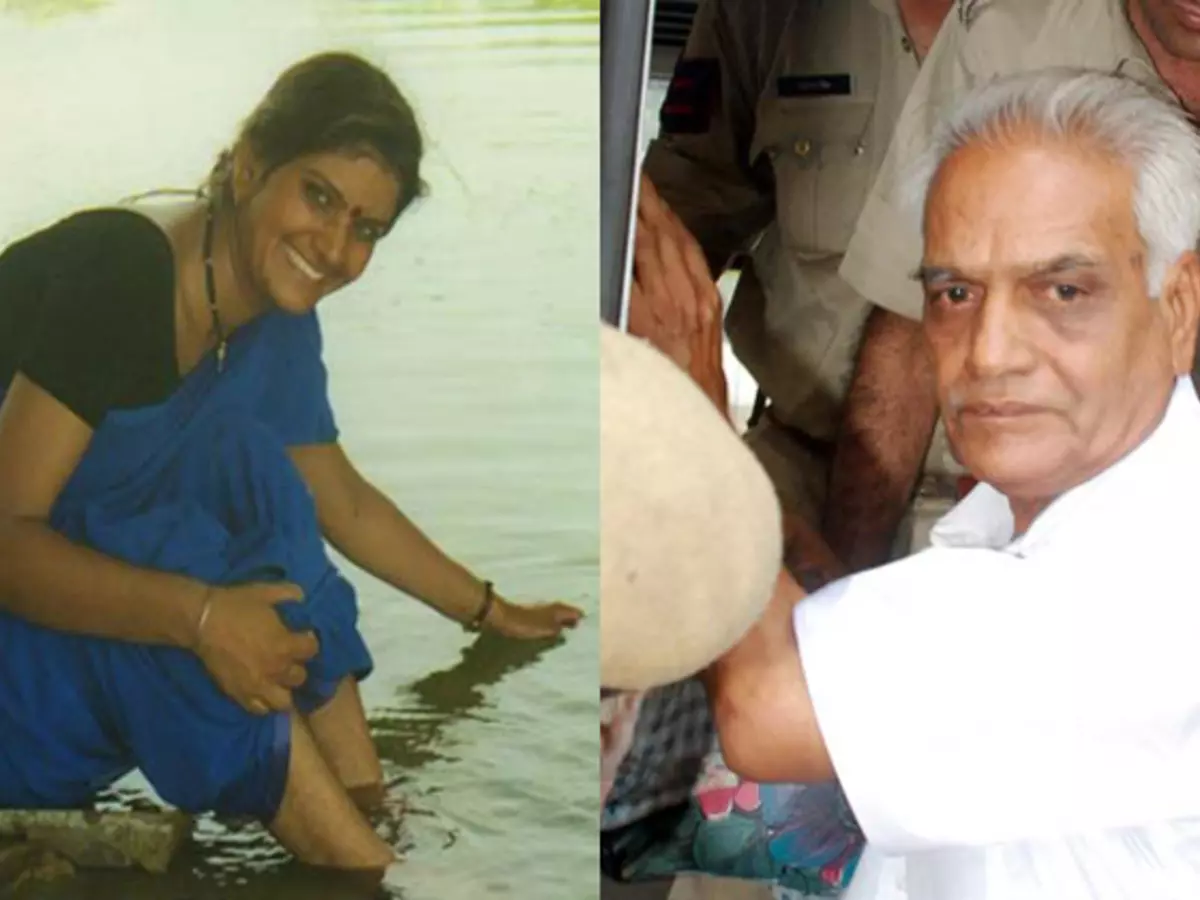All You Need To Know About The Bhanwari Devi Case That Led To The Formation Of The Vishakha Guidelines
Bhanwari Devi was a Saathin working in the Women&rsquos Development Project of the Rajasthan Government. She tried to stop the marriage of a one-year-old girl and was furiously resisted by the villagers. In 1992 she was raped by five villagers in front of her husband for her temerity. The district court acquitted all the five accused. The matter came before the Supreme Court via a Public Interest Litigation PIL filed by a group of NGOs by the nam...Read More

Sexual assault is a serious offence which has destroyed the reputation of many a public figure. Whether it's ex-TERI Chief Rakesh Pachauri here in India or comedian Bill Cosby in the United States, the offenders are swiftly isolated from the society, no matter how high they sit, and are brought to stand trial in the court of justice. However, it wasn¡¯t always this way. The case of Vishakha v. State of Rajasthan in 1992 was the landmark case where the Supreme Court dealt with the question of safety of women from any kind of sexual harassment at the workplace and laid down detailed guidelines for the same.

Bhanwari Devi was a Saathin working in the Women¡¯s Development Project of the Rajasthan Government. The state government had recently launched a campaign against child marriages and Bhanwari Devi took an active part in spreading the influence of this campaign in her area. She tried to stop the marriage of a one-year-old girl and was furiously resisted by the villagers. In 1992, she was raped by five villagers in front of her husband for her temerity to stop an evil practice from spreading further. The district court acquitted all the five accused.

bhanwaridevilatestnews.blogspot.com
The matter came before the Supreme Court via a Public Interest Litigation (PIL) filed by a group of NGOs by the name of ¡°Vishakha¡± in which the petitioners urged for judicial intervention to make workplaces safer for women due to the legislative inactivity in this regard. The Supreme Court observed that India was already a signatory to Convention on elimination of All Forms of Discrimination Against Women (CEDAW) and held that international conventions are to be read into the fundamental rights to enlarge their scope and advance their objective. It thus read the provisions of CEDAW (signed by India in 1980) in Articles 14, 15, 19 and 21 of the Constitution and laid down binding guidelines to be followed by every private and public sector employer to ensure the dignity and safety of women in the place of employment.
This was a landmark step by the apex court as it strayed into the territory of the executive by issuing guidelines which were binding, and hence, were law. The judiciary cannot make the laws, it can only interpret them, but in Vishakha vs State of Rajasthan, the Supreme Court resisted such orthodox theoretical interpretation of separation of powers and proved that it would not hesitate to occupy the space vacated by the legislature by its inaction, to meet the ends of justice. For this, the Supreme Court earned a fair share of criticism with some critics citing this judgment as an example of judicial overreach.
However, the passage of time has proved that the Supreme Court was correct in intervening in this regard. Today, due to the power and reach of social media and other information networks, sexual harassment has emerged as a very serious issue in our public discourse. However, back in 1992, it had not acquired the sense of seriousness that it commands today. Fundamental Rights were supposed to be enforceable ¡®vertically¡¯ i.e. an individual could only enforce them against the state. But through this judgment, the apex court ruled that in some worthy instances, fundamental rights were also enforceable ¡®horizontally¡¯ i.e. by one individual against another.

IndiaToday
While there have been numerous cases where women have secured justice and a safer work environment for themselves by pursuing litigation against employers indulging in sexual harassment, there have also been some cases where this shield accorded to women has been misused to file frivolous cases and to bargain for higher pay and promotions. Therefore these guidelines have come to be known as a ¡°double edged sword¡± which can secure justice for worthy litigants and can also cause havoc for those abusing it to secure petty personal gains.
Meanwhile, the legislature has sought to shake off its decades-old attitude of treating such issues regarding the safety and dignity of women lightly. This is less because of a genuine awareness regarding such issues and more because of the fear of ceding their power to the judiciary. The 2012 Nirbhaya Gang Rape case has galvanised public support for enacting tough measures against the culprits indulging in this sort of sexually predatory behavior.

Vivan Mehra
It is to be noted that even though more than 20 years have passed since the judgment in the Vishakha case was passed, the parliament has still not passed a comprehensive legislation directed at combating sexual harassment against women at the workplace. It can only be hoped that our parliamentarians heed the developments in this regard and take urgent steps to ensure a welcoming environment for women in both public and private spaces of employment.
